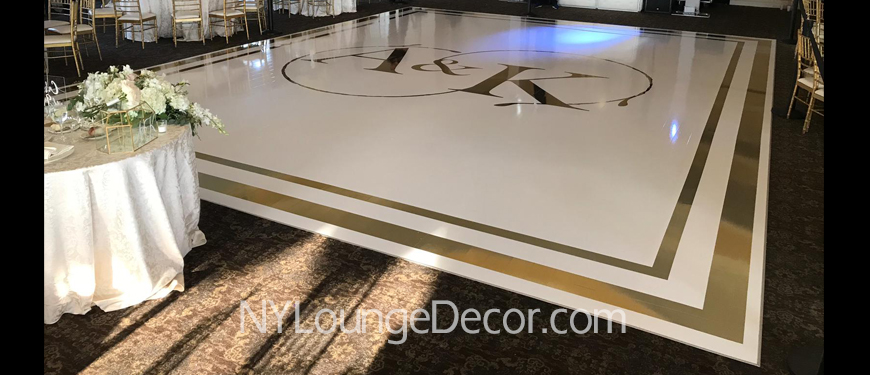Illuminating Creativity Through Hue Principles in Illuminated Dance Surface Creations
Illuminating Creativity Through Hue Principles in Illuminated Dance Surface Creations
Blog Article
Color theory is an important aspect of design, especially when it relates to designing light-emitting diode dance floors. The interaction of colors can significantly influence the atmosphere and energy of a space. Through grasping how colors function together, creators can craft an ambiance that improves the overall experience for participants. This piece examines the fundamentals of color theory and its application in light-emitting diode dance floor layouts.
The primary hues are crimson, azure, and golden. These hues cannot be created by blending other colors combined. Intermediate hues, such as green, orange, and purple, are created by combining primary colors. Tertiary colors are formed by mixing a primary color with a secondary hue. Understanding these basic relationships helps creators select hues that complement one another and produce a visually appealing show. Mixing these hues on an LED dance floor can lead to vibrant and stimulating outcomes that attract the focus of participants.
Color value also plays a key part in aesthetics. Hues can be classified as warm or cool. Warm colors, such as red, orange, and yellow, tend to elicit emotions of enthusiasm and heat. In contrast, cool colors like azure, green, and violet often create a serene and tranquil atmosphere. Creators can use these color temperatures to set the ambiance for various kinds of occasions. For example, a celebration environment may gain from hot colors that energize the crowd, helpful resources while a more relaxed event might use cool colors to provide a calming effect.
In furthermore to hue pairings and temperature, brightness and saturation are vital factors to take into account. Brightness refers to how light or dim a hue appears, while saturation indicates the vividness of a hue. Bright, saturated colors can create a lively and energetic atmosphere, perfect for dancing surfaces. On the other hand, gentler, lower saturated colors can create a further muted atmosphere. By manipulating brightness and intensity, creators can draw attention to particular sections of the dance floor or establish sight pathways, guiding participants through the venue.
Ultimately, it is crucial to consider the emotional impacts of color in LED helpful site dancing floor designs. Various hues can evoke different feelings and reactions. For example, red is frequently linked with passion and vitality, while blue can be calming and tranquil. Grasping these associations allows creators to tactically use hues to affect the behavior of dancers. Through integrating color theory into LED dance surface designs, creators can improve the total experience, making it unforgettable and pleasurable for all involved.